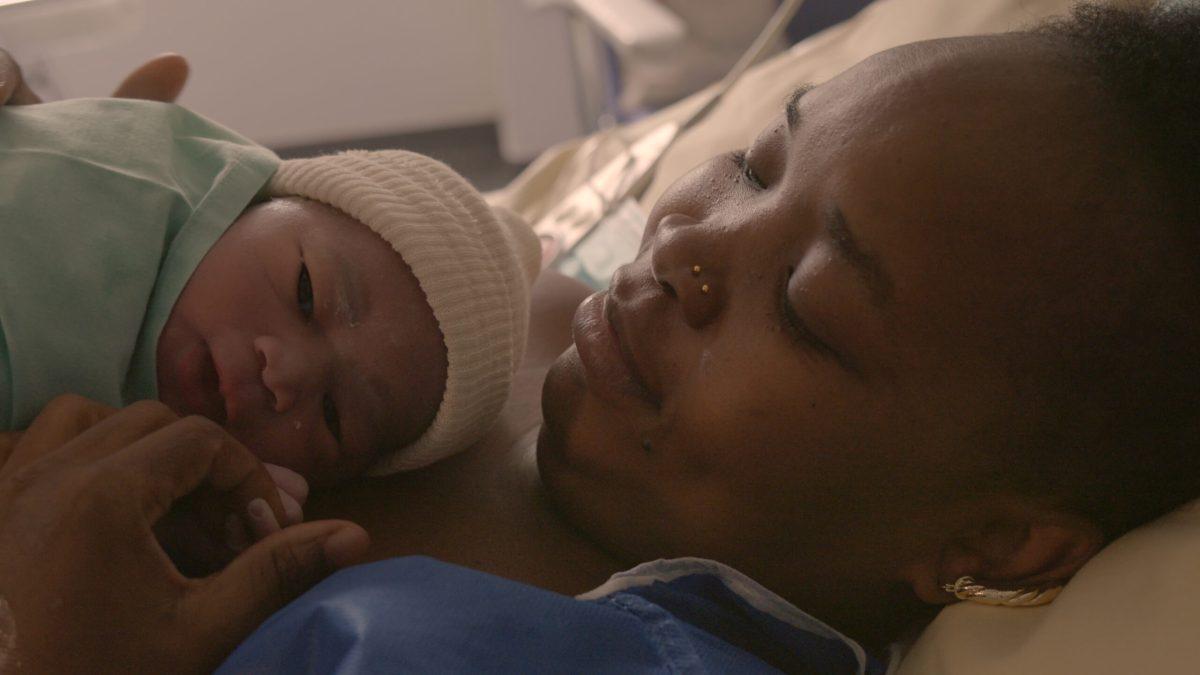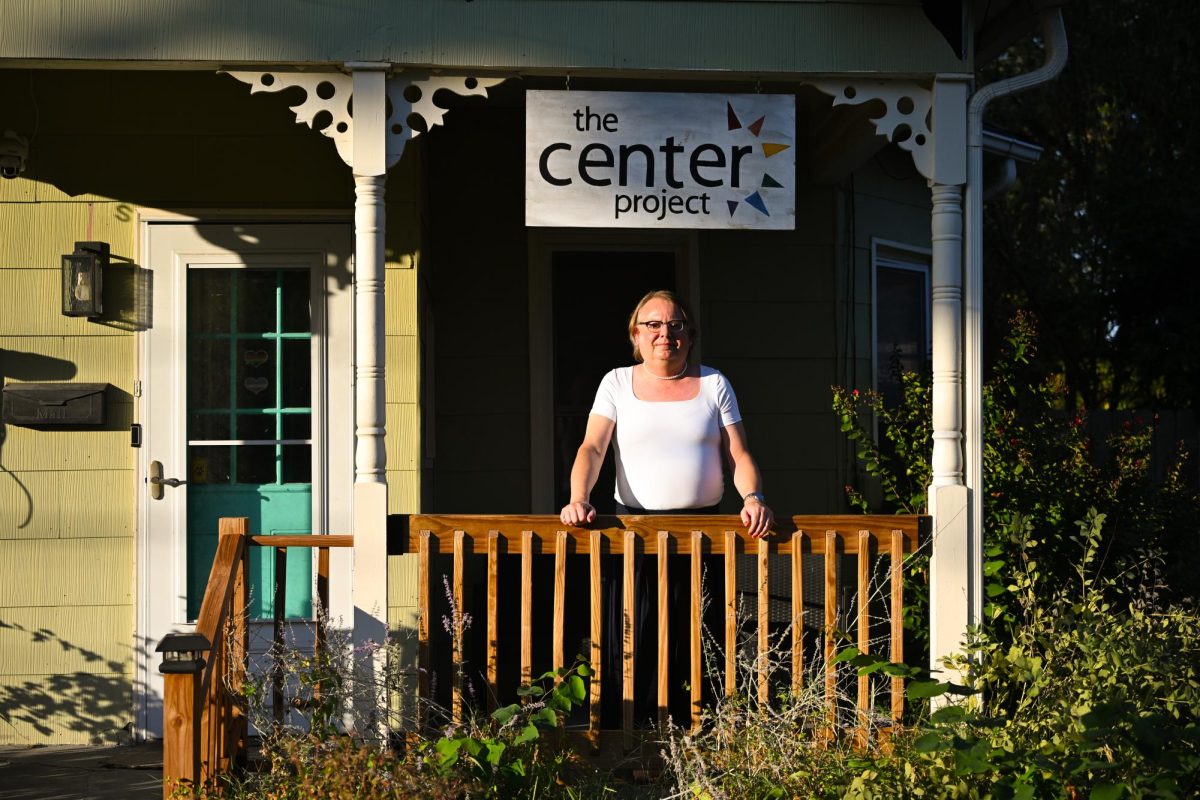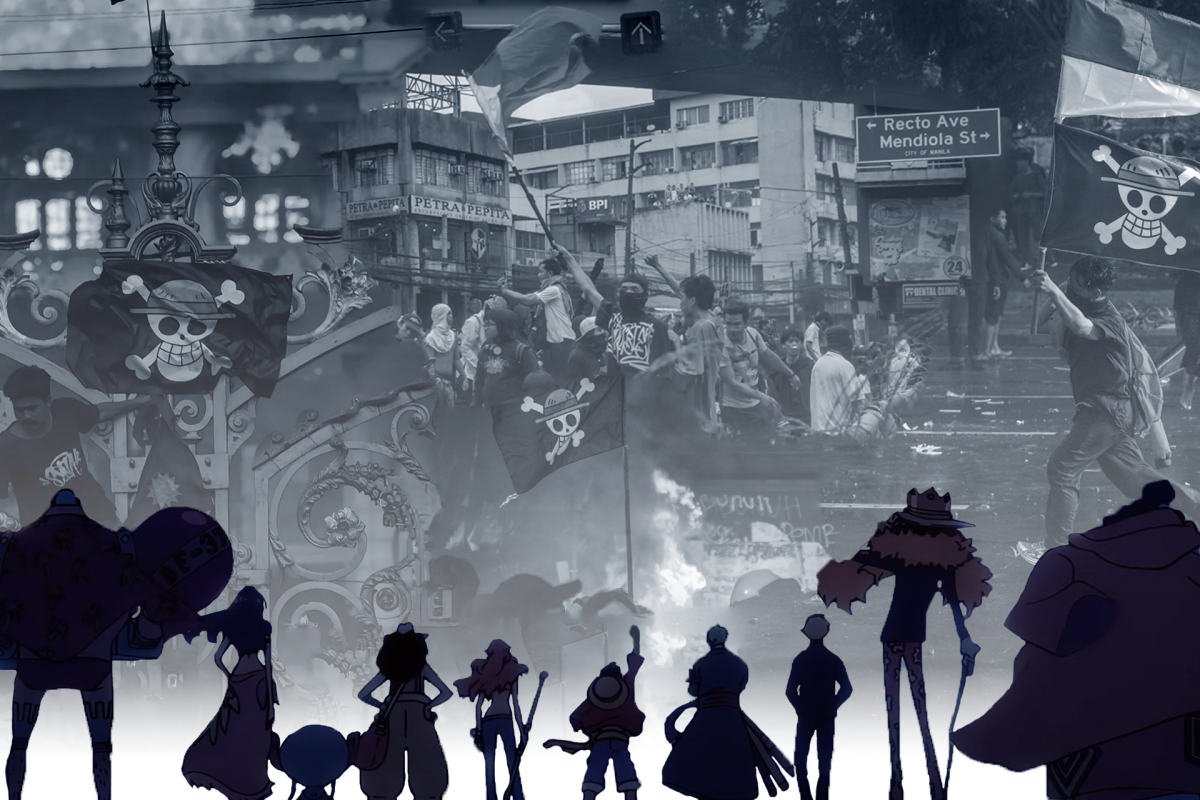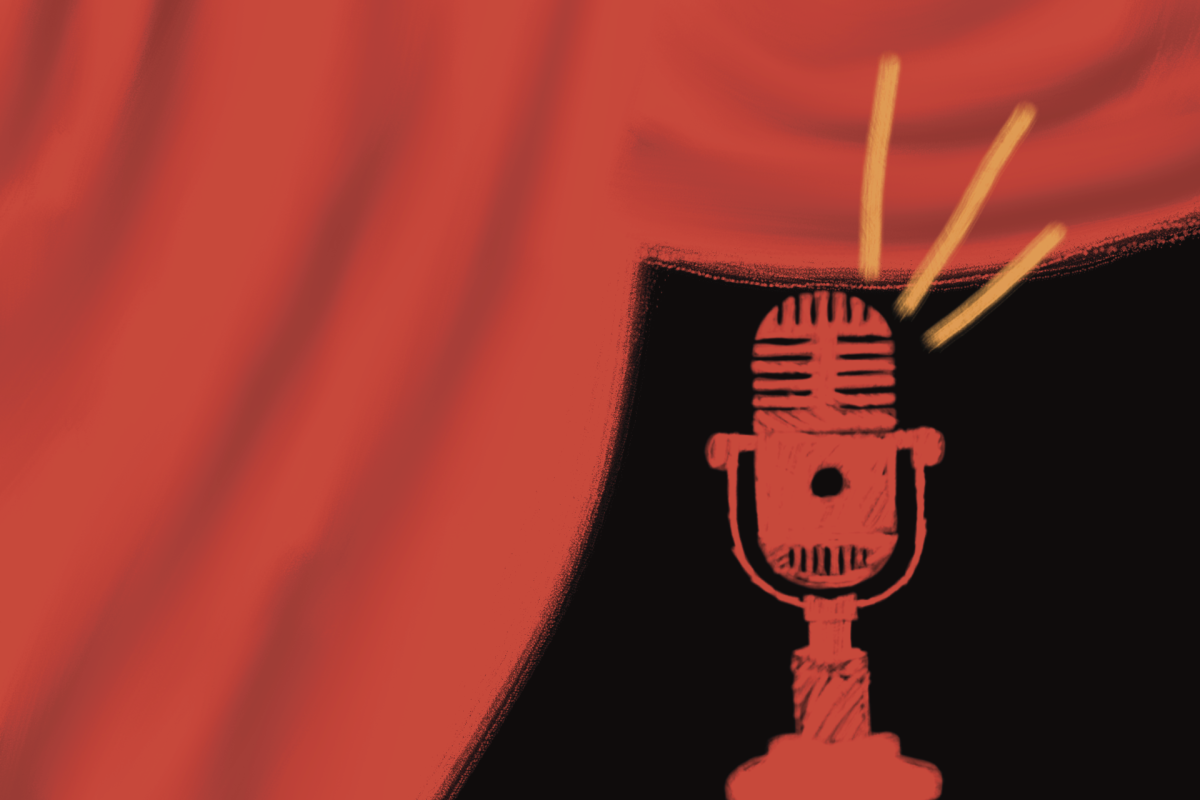“Our Body,” which screened at the 2023 True/False Film Fest, provides a visceral glimpse into the lives of several patients in a French gynecological ward.
From birth, women are taught to be ashamed of their bodies. Society often judges, sexualizes and scrutinizes the female form, considering only its beauty and not the many burdens that come with it. This is the theme director Claire Simon explores in “Our Body,” her new film that screened at the 2023 True/False Film Fest.
“Our Body” documents the medical circumstances of a diverse group of patients being treated in a French gynecological ward. Over the course of almost three hours, Simon takes us on a shocking journey through the female body.
The film covers an impressive range of medical issues, such as abortion, in vitro fertilization, pregnancy, endometriosis, breast cancer and gender transition. Although not a comprehensive list, “Our Body” provides a well-rounded analysis of the simultaneous beauty, joy and pain of being a woman.
One of the biggest things to be appreciated about this film is the transparency and vulnerability of the featured patients. Viewers were able to see and hear everything, from consultations to surgeries to emotionally-charged personal accounts of trauma. The viscerally real storytelling style of the film pulled audiences in.
The first segment of the film covered abortion, telling the stories of a few young girls looking to terminate their pregnancies. The film was shot in France, not the United States, and it was surprising to see how open and objective the conversations around abortion were. There was no discussion of the ethics or morality of it; it was simply treated like a medical procedure.
The film explicitly showed the birthing process, including footage of a vaginal delivery and cesarean section, and it was shocking to see how these procedures really worked. I, for one, realized I had no idea what a C-section entailed — the tiniest incision, fluids spouting out of the body and the surgeon poking around in the uterus before pulling the baby out of the womb with their own hands.
It is also noteworthy that Simon included the experiences of transgender individuals, women and men, in this narrative. Too often, trans men are left out of vital conversations regarding reproductive health, despite having the anatomy being discussed. Simon’s representation of these young people transitioning out of womanhood was a fresh perspective that was much needed and much appreciated.
Due to France’s universal healthcare system, the topic of money was never discussed by any of the patients. The patients featured in the film never had to worry about affordability when evaluating treatment options. As an American viewer, this was quite a change, as many patients in the U.S. cannot afford necessary medical treatments and are therefore forced to compromise their health.
The desire to remain physically and sexually appealing, however, was a factor that many women did consider. During her time filming at the hospital, Simon herself was diagnosed with breast cancer and courageously included her own story in the film. Simon admitted one of her biggest hesitations about undergoing a mastectomy and chemotherapy was the loss of her breasts and hair. Remaining desirable was a major concern of hers — almost greater than recovering her health — which is deeply saddening.
Throughout the film, relationships between the medical professionals and the patients are explored beautifully. Despite the generally grim atmosphere of hospitals, there is also tenderness and trust and as a viewer, it is comforting to see humanity present in even the darkest situations.
It was impossible not to shed a tear as a nurse took a patient’s hand, silently sitting with her for several moments, providing solemn support and reassurance as the patient prepared to move to palliative care.
In sharp contrast to the overall positive doctor-patient relationships, Simon included a singular scene of women protesting against frequent gynecological medical violence. While the film doesn’t delve deep into this subject, it reminds us that there is so much progress yet to be made regarding reproductive health and the prevention of abuse due to the power dynamic between doctor and patient.
Women’s bodies are a mystery that many people seem to misunderstand, and while it has the magical ability to create and sustain life, it can also come with unbearable pain and suffering. “Our Body” does an extraordinary job of showcasing this duality and powerfully juxtaposing the ideas of life and death being two sides of the same coin.
Edited by Egan Ward | [email protected]
Copy edited by Lauren Courtney








